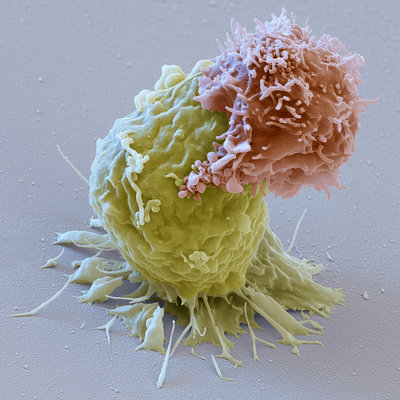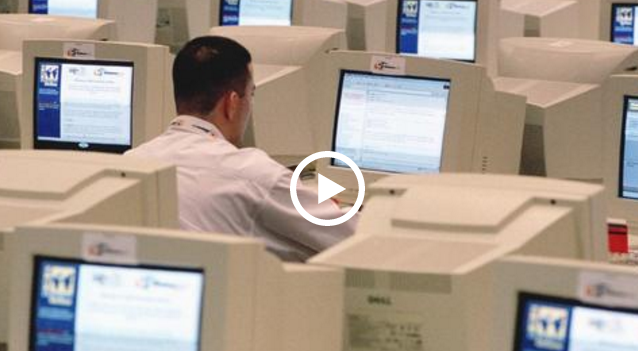New genomic techniques are now being used to diagnose outbreak techniques in a timely fashion. Two techniques commonly used in the discovery of viral pathogens in patients are serology and PCR (Polymerase Chain Reaction). Speed of diagnosis is of the upmost importance since 50% of the people suffering from a virus such as MERS (Middle Eastern Respiratory Syndrome) will die from this particular corona virus. Serology techniques in the laboratory are involved in looking for an antibody response. Polymerase Chain Reaction (PCR) looks for different parts of the viral genome; and amplification of the section of the DNA is performed of various sequences of the viral genome.
There are 320,000 mammalian viruses yet to be discovered. Babesia microli and Borrelia burgdorferi are tic born illnesses. Next generation sequencing apparatuses is an unbiased technology that doesn’t target any specific pathogen. It can be used to detect and reconstruct the sequence of all the pathogens; which includes viruses, bacteria, fungi, and parasites. The sequences may range from one million to approximately one billion. The human genome in about four gigobites. Quick turn around time is also crucial in the identification of thymidine kinase mutants in AIDS patients. Thymidine kinase mutants may cause disseminated disease ; and frequently become resistant to other nucloside analogs that require viral thymidine kinase. This is known as cross-resitance. These patients are often treated with Foscarnet, a DNA polymerase inhibitor. If DNA polymerase mutants are resistant to Foscarnet, no treatment options are left at this time. That is why, in instances, such as these, quick sequencing procedures are particularly important.












































